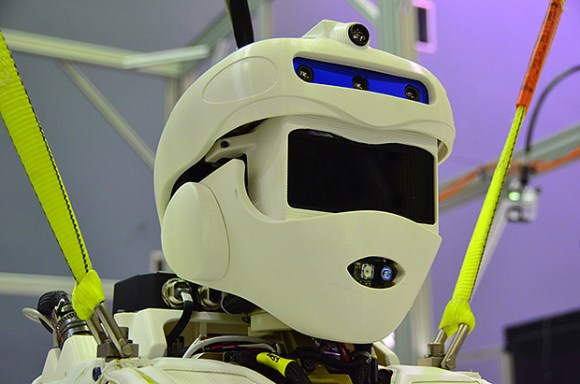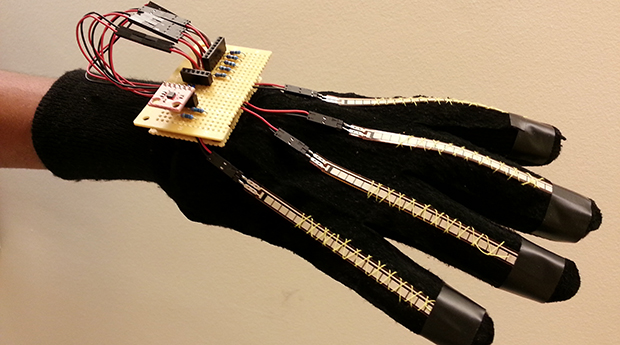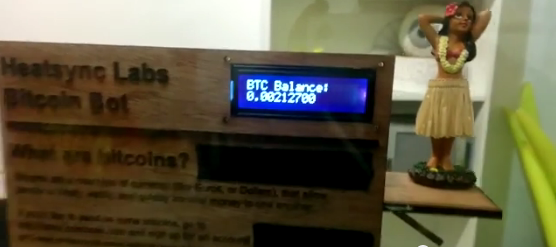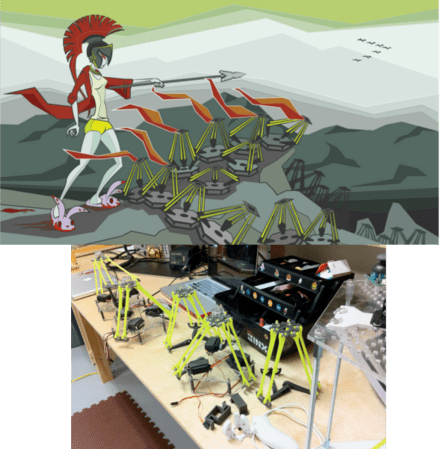
Even though NASA’s Johnson Space Center’s impressive build for the upcoming DARPA Robotics Challenge is one of many entries, it has to be one of the coolest. The gang at IEEE Spectrum got a sneak peak of the robot dubbed “Valkyrie”, which at 1.9m and 125kg boasts 44 degrees of freedom while managing to look like a finished product ready to roll off the shelf. We can expect to see other custom robots at the challenge, but a number of teams will compete with a Boston Dynamics Atlas Robot, which we’ve covered a couple times this year.
A few readers are probably polishing their pitchforks in anticipation of shouting “Not a hack!” but before you do, take a look at the tasks for the robots in this challenge and consider how new this territory is. To that end, the NASA JSC crew seem to have prepared for resolving catastrophes, even if it means throwing together a solution. They’ve designed the limbs for quick removal and even reversibility: the arms are identical and only slight adjustments are required to turn a left arm into a right. Unlike the Atlas, which requires a tether, Valkyrie is battery-operated, and it can run for around an hour before someone needs to crack open the torso and swap in a new one, Iron Man film–style.
The team was also determined to make Valkyrie seem more human, so they added a soft fabric layer to serve as a kind of clothing. According to IEEE Spectrum, it’s even getting custom made footwear from DC Shoes.There are some utilitarian compromises, though: Valkyrie has adopted a shortcut taken by time-constrained animators in many a cartoon, choosing three fingers per hand instead of four. Make sure you watch the video after the break for a closer look.
Continue reading “Robot Battle For The Big Leagues: Valkyrie And The DARPA Challenge”
















